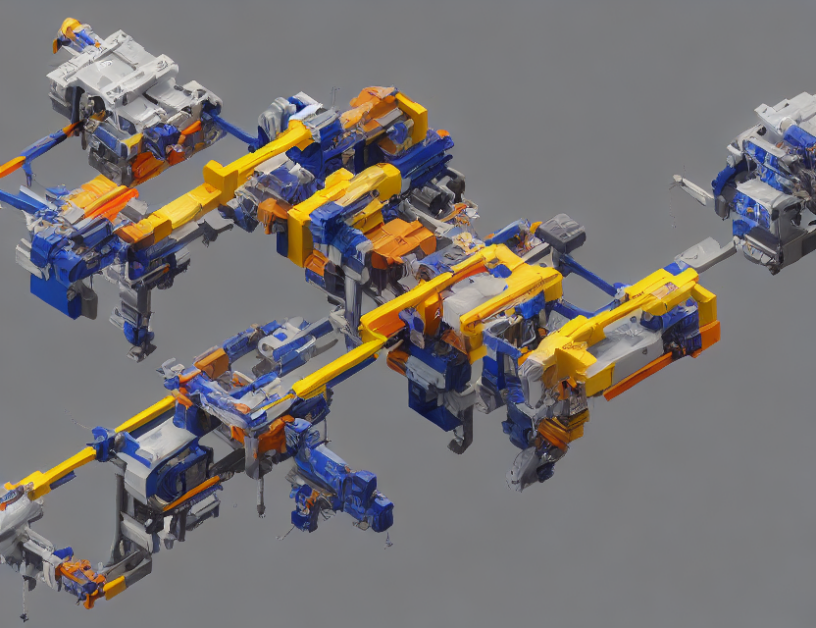In this article, the authors propose a new method called CenterGrasp to improve robotic grasping abilities by enhancing scene understanding. CenterGrasp uses keypoints, which are specific points in an image that correspond to important features like corners or edges, to better understand the 3D structure of a scene and identify potential grasps.
Imagine you’re trying to pack a suitcase with delicate items, but the box is empty and you need to figure out where everything should go without looking inside. That’s similar to what CenterGrasp does, except instead of a suitcase, it’s a 3D scene, and instead of items, it’s objects that a robot needs to grasp. By using keypoints, CenterGrasp can create a mental map of the scene before the robot even starts moving, allowing it to identify potential grasps more accurately.
Another important aspect of CenterGrasp is its ability to handle occlusions, which are things that block the view of an object or surface. Sometimes, objects can be partially hidden by other objects or by shadows, but CenterGrasp can still find a way to grasp them successfully. It’s like trying to locate a small toy in a cluttered room with lots of other toys and objects – CenterGrasp can use keypoints to "see" through the clutter and find the toy you want.
The authors tested CenterGrasp using various scenarios, including grasping objects behind visible surfaces or when they were partially occluded. In all cases, CenterGrasp performed well and accurately identified potential grasps. It’s like having a magic wand that can help the robot find the perfect way to grasp an object every time – without any trial and error!
In summary, CenterGrasp is a powerful new method for improving robotic grasping abilities by enhancing scene understanding through keypoint-based scene analysis. It can handle complex scenarios with occlusions and objects behind visible surfaces, making it a valuable tool for robots working in real-world environments.
Affordances for Category-Level Robotic Manipulation



